World View Game
|
Field of application |
Sensitising students and academics that everybody comes into a certain context with his or her own perception of the world. A world view is a fundamental cognitive orientation of an individual, such as a student or an expert. World views are often shaped by cultural and professional mindsets, and learning experiences. The World View Game can be used in group settings with a wide range of stakeholders, e.g. academics and students who, through the exercise, get a taste of the impact of different world views.
Collaboration
|
|
Resume / Brief description
|
The World View Game has the objective to sensitise the participants about how they are shaped by their predefined but often unconscious and pre-coded mindsets. During the game the group of participants has to draw a picture together that has a dual interpretation. The joint drawing brings to the surface very different points of departure. These different points of departure are then the centre of reflection. What does the exercise tell us about our work, our way to follow our own perspective of how things have to be realised, planned and followed up?
|
|
Target group
|
|
|
Objectives |
The World View Game has the objective to sensitise the participants about their own preset world views and patterns of interpretations. Being aware about these patterns is the starting point to also realise them in the process of further information collection.
Key objectives of the World View Game are the following:
|
|
Requirements
|
Material
The 3 print-outs for the game: Man Mouse Joint version
Time
|
|
Implementation - Overview |
The activity is realised in four main phases.
|
|
Implementation - Guidelines
|
1. First round of individual drawing
2. Joint round of image drawing in pairs of two
3. Reflections on observations and resolutions
4. Co-Reflection on world views and its impact
Source: Choice Baptist Church (https://choicebaptist.org/2020/06/07/nofilter/) and Oregon State University (http://web.engr.oregonstate.edu/~funkk/Personal/worldview.html )
|
|
Example of application |
World View Game in a training with economic development experts from different countries to emphasise criteria for systemic search processes
Description of the context
The experts and practitioners came to the training to better understand the importance of systemic development efforts versus isolated economic activities. They are all coming from very different cultures and they are presenting different roles in their regions (like businesses, R&D, support organisations, policy). Starting a training with the World View Game opens the floor to directly sensitise on our different points of departure and the complexity of aspects to consider.
Starting point
Preparing the location and separating tables so that the participants do not realise that you show different visualisations. In the case of the event, participants were sitting at round tables and the moderator himself separated the group mentally into two.
Impressions from the process
Room constellation and 1st round of individual drawing.
Drawing round 2: Joint drawing
Documentation of results of joint drawing and resolution.
Final reflection
What has just happened? How does it make you feel? How does it relate to our work?
The reflection with the team after the game is the most relevant aspect of the whole approach. We provide here some answers from participants on the questions above:
What has just happened?
How does it make you feel?
How does it relate to your work?
The World View Game requires no detailed moderation capabilities. The moderator needs to make sure that the process and the rules are followed. It can be facilitated by one moderator.
The three main relevant aspects for the success of the game are:
|
|
Templates, Graphics for download |
The visualisations the man and mouse are attached (2 Man and Mouse.jpg // 3 Man and Mouse.jpg). More templates are not necessary.
|
|
Additional format/references |
The game is not based on information in the internet. It was used by Mesopartner, a knowledge firm that specialises in economic development, competitiveness and innovation. It is the first time that this World View Game is documented.
|

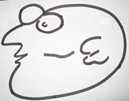
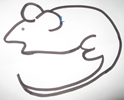
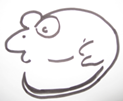
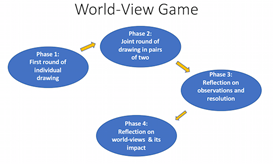
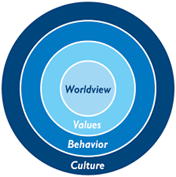
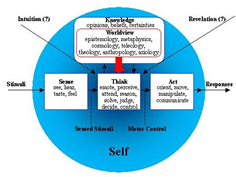
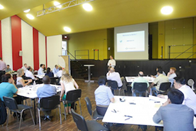
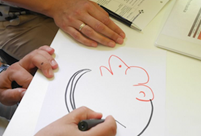
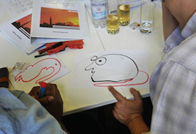
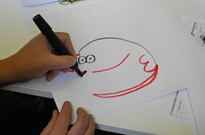
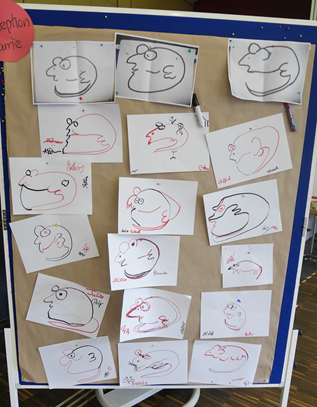
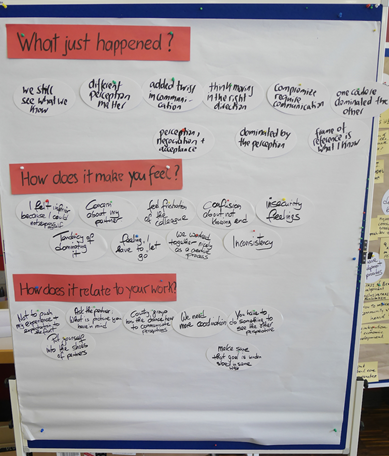
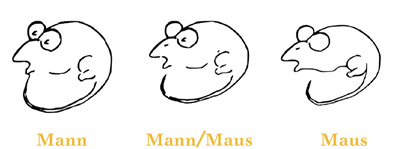
No Comments